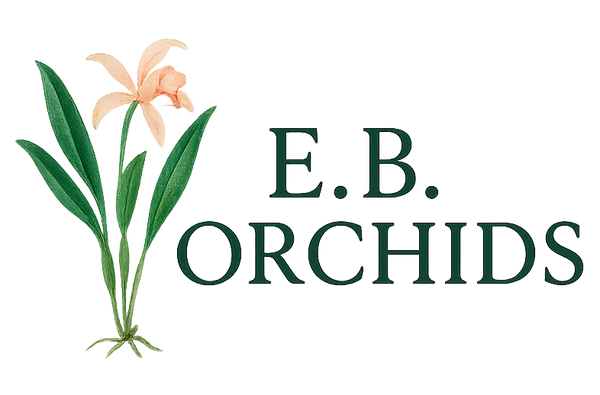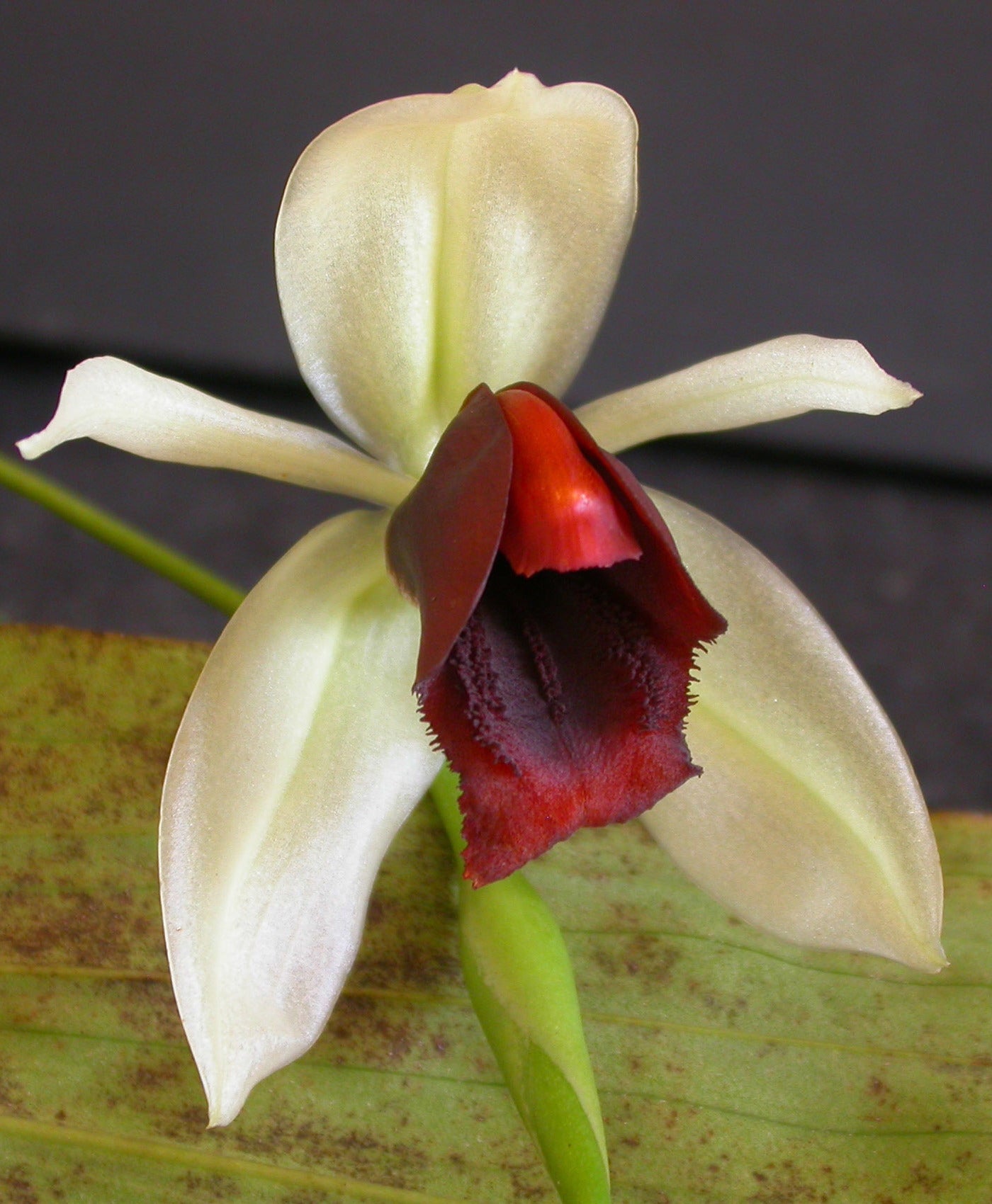Pronunciation: see-LODGE-uh-nee
-
Light
The best lighting for ceologyne can range depending on species. Generally, most species require bright, diffuse light (~2000-4000 foot-candles). They should be provided more light during dormancy periods - in nature, ceologyne are exposed to more sunlight during the months they are dormant due to the deciduous nature of the forests they originate from. Be sure to not expose them to prolonged direct sunlight, their leaves are typically thin and prone to sunburn.
In the home, an East or West-facing window are recommended. South-facing windows should only be used with a sheer curtain.
-
Temperature
There are both warm and cool growing ceologyne species. Warmer growing species (i.e. Ceol. fimbriata, Ceol. lawrenceana, Ceol. usitana, etc) will prefer a temperature range of 75-85F during the day and 60-70F during the night.
Cooler growing species (i.e. Ceol. cristata, Ceol. mooreana, Ceol. stricta, etc.) will prefer a temperature range between 70-75F during day and 55-65F during night. Cooler growing species will do well in the average home, or a cool-intermediate temperature greenhouse. Some cool growers can tolerate temperatures as low as 40F, on the condition that they are dry.
-
Water
Ceologyne should be watered heavily during active growth periods, with very little to no drying between watering. Water in the morning, and try to use distilled or rain water.
When new growths have matured, reduce to occasional watering for dormancy. Watch the pseudobulbs for shriveling - increase watering frequency if excess shriveling occurs or young leaves start to die back at the tips. Older pseudobulbs may die back during dormancy, which is normal.
Gradually increase water again when new roots start to emerge (typically spring time).
Never use ice to water orchids!
-
Humidity
Ceologyne will benefit from humidity levels above 50%. However, it is not crucial to keep humidity high if the plants are well watered. Mounted orchids will benefit from more humidity. If keeping cooler species, keep them drier to prevent rot.
-
Fertilizing
Fertilize heavily in the growing season. A regular strength, high nitrogen formula (i.e. 30-10-10) used at 1/4 to 1/2 strength is recommended during growing seasons, but should be reduced in winter. A high phosphorous fertilizer (i.e. 10-30-20) can be used instead during this time to stimulate flower production.
-
Repotting
Ceologyne will benefit from being potted in sphagnum moss, or a moisture retentive media (i.e. fine bark mixes). Typically, they will need repotting every 2 years, especially if the media is breaking down. When repotting, position the oldest bulbs near the back edge of the pot - this allows more room for new bulbs/growth. Always use a sterile cutting tool if trimming old roots or plant parts. Use a pruner that has been sterilized using alcohol or a flame, or use a fresh, single-use razor blade.

